Signs and Symptoms of Skin Cancer

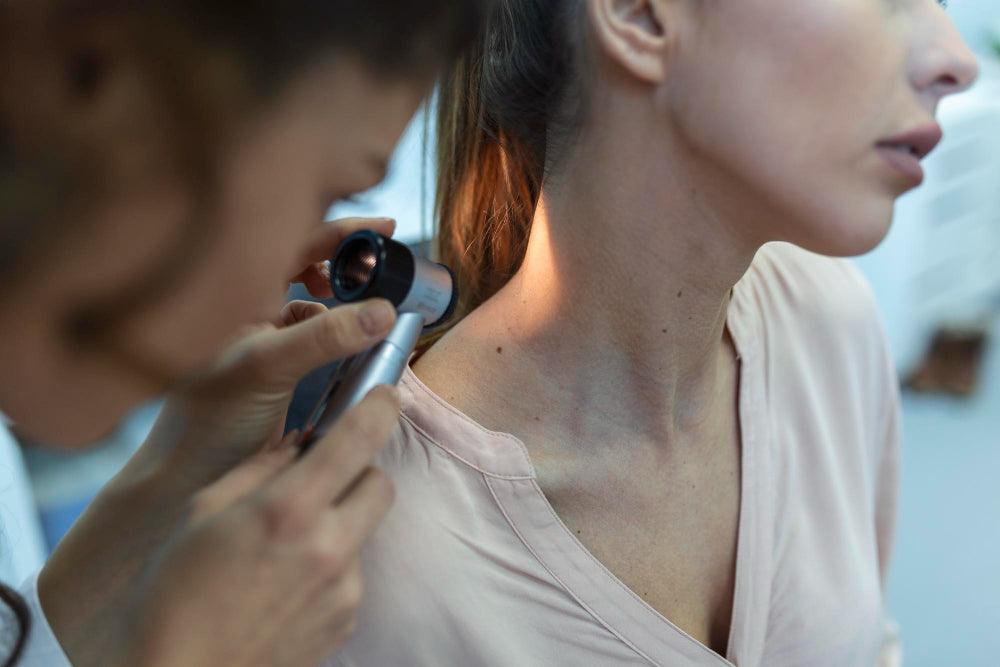
Related products
What’s covered?
Skin Cancer: An Overview
New skin cells often develop when existing skin cells deteriorate. With a fast increase of cells, some of these may be cancerous. aberrant cells occur when the skin cell renewal mechanism does not work as it should. If not identified and treated in a timely manner, this group of cells might be malignant, which has the potential to spread to neighbouring tissue or other parts of your body.
Skin cancer is often caused by sun exposure that emits UV rays.
What Is Skin Cancer?
Uncontrolled cell growth leads to skin cancers developing. Usually, the body makes new skin cells when old ones are to be replaced. When this mechanism fails, cells overgrow and could be incorrect. This clump of cells might be noncancerous (benign), meaning they don't grow and don't affect you, or cancerous, that could expand to neighbouring tissue or other sections of your body if not treated early. UV (ultraviolet) light from the sun often leads to skin cancer.
Types of skin cancer:
Basal cell carcinoma
Basal cell carcinoma often develops on parts of your body that are exposed to sunlight, including your face or neck.
Basal cell carcinoma cancer may manifest as:
-
Pearly white bumps
-
a scar-like, flat lesion that is brown or flesh-coloured.
-
a wound that bleeds or scabs that heals and reappears
Squamous cell carcinoma or squamous cell skin cancer
Squamous cell skin cancers usually affect your hands, cheeks, ears, and other sun-exposed areas of your body. On parts of your body that aren't often sun-exposed and those with darker skin are more likely to develop squamous cell carcinomas.
Symptoms of squamous cell carcinomas include:
-
a solid nodule
-
a flat, crusty lesion with scaly edges
Melanoma
Everywhere on your body, in normal healthy skin, or in an already-existing mole that transforms into cancer. Men who are impacted by melanoma often develop it on their faces or trunks of their legs. The lower legs are where this form of cancer most often appears in females. developing Melanoma on skin that hasn't been exposed to the sun in both men and women is less common.
Anyone may get melanoma, regardless of skin colour. Melanoma often develops on the palms, soles, or beneath the fingernails or toenails of persons with darker skin tones.
Melanoma warning signs include:
-
a sizable area of brown with darker speckles
-
a mole that bleeds, varies in size, texture, or colour
-
a little lesion that has an erratic border with spots that are red, pink, white, blue, or blue-black
-
a burning or itching sore that hurts
-
Dark lesions on the mucous membranes lining your mouth, nose, vagina, or anus, as well as on your palms, soles of your feet, fingers, or toes
How Common Is Skin Cancer?

The most common kind of cancer in the United States is skin cancer.
More information about skin cancer:
-
About 20% of people in the U.S. can get skin cancer at some point.
-
Every day, about 9,500 Americans are told they have skin cancer.
-
If you've had five or more years of sun damage, your chance of getting melanoma is doubled. The good news is that 99% of people will still be alive after five years if it is caught early and treated.
-
People who are not Hispanic and white are almost 30 times more likely to get skin cancer than those who are not Hispanic or Black or Asian/Pacific Islander.
-
Humans with skin of colour often have a skin cancer diagnosis at an advanced stage when it is more difficult to cure. African Americans have a diagnosis of melanoma in around 25% of instances after the disease has progressed to adjacent lymph nodes.
Who Is Most Prone To Develop Skin Cancer?
Anybody can develop skin cancer, although some factors increase your risk:
-
Have an organ transplant.
-
Spend much time outside.
-
Have actinic keratosis (precancerous skin growths rough, scaly patch, dark pink growth, brown patches).
-
Live in a sunny area or at a high altitude.
-
Have a family history of skin cancer.
-
Have a sunburn history.
-
Take medicines that weaken or stop your immune system from working.
-
Have been treated for skin problems like eczema or psoriasis with ultraviolet light therapy.
-
Having a fair or freckled complexion, blond or red hair, and light eyes.
-
Have a lot of existing moles or moles with irregular shapes.
If you are worried about other types of cancer, or would like more information on cancer as a whole, check out our comprehensive guide: Signs and Symptoms of Cancer.
Where Does Skin Cancer Develop?
Skin cancers mainly occur on the upper back, hands, leg, face, lips, ears, neck, arms, and chest. But it can grow in places that don't get much sun, between your toes, your fingernails, on the palms and soles of your hands, feet, and genital area.
Where Does Skin Cancer Form?
The exact location of skin cancer development and the kinds and names of common skin cancer are related.
Most skin malignancies start in the epidermis, the top layer of your skin. There are three primary cell types in the epidermis:
Squamous cells
-
will be the flat cells in the outermost layer of the epidermis. As new cells form, they are constantly shedding. These cells may give rise to the skin malignancy squamous cell carcinoma.
Basal cells
-
The squamous cells sit on top of these cells. They grow, multiply, and finally travel up in the epidermis to create new squamous cells, which take the place of the shed-off dead squamous cells. Basal cell carcinoma is a skin cancer that begins in the basal cells
Melanocytes
-
These cells produce melanin, which gives skin its colour and shields it from UV rays. Skin cancer that starts in melanocyte cells is called melanoma.
What Causes Skin Cancer?
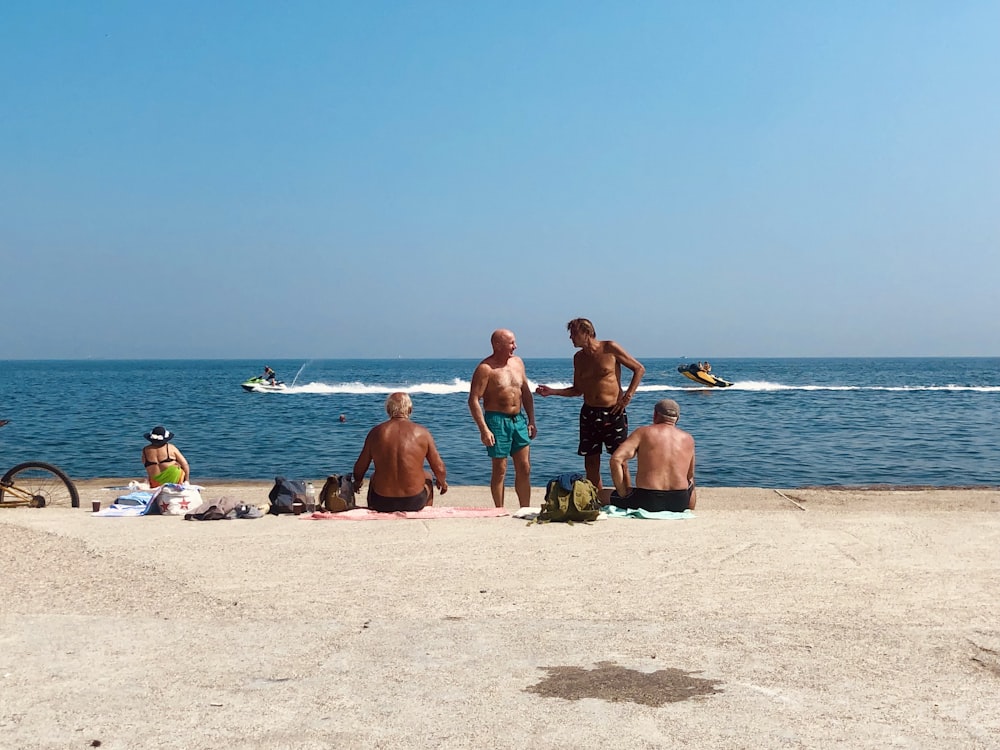
Skin cancer is mainly brought on by sun-exposed areas, particularly when it results in blisters and sunburn. The sun's ultraviolet (UV) rays damage your skin's DNA, leading to cell growth that doesn't work right. These harmful cells divide quickly and in a haphazard way, making a mass of cancer cells.
Regular interaction with chemicals like tar and coal is another thing that can lead to skin cancer.
Many other things can make you more likely to get skin cancer.
How Is Skin Cancer Treated?
The stage of the disease will determine the form of therapy; skin cancer has locations ranging from 0 to IV. The number indicates illness to spread.
If the cancer is small and only on the surface of your skin, a biopsy may be enough to get rid of it all. Other typical therapies for skin cancer that be used alone or in a mix include:
Cryotherapy
Liquid nitrogen is used in cryotherapy to treat skin cancer. After treatment, the dead skin cells fall off in the process and can be used to treat actinic keratosis, a precancerous spot on the skin, and other tiny, initial cancers only in the skin's upper layer.
Excisional surgery
In surgery, the tumour and some healthy skin are removed to ensure that all of the cancer is gone.
Mohs Surgery
First, the visible tumour's elevated portion is removed. Your doctor will next remove malignant skin cells with a knife. A microscope is used to analyse the layer that can be removed. One layer at a time, cancerous tissue is removed until none remains.
Mohs surgery removes malignant tissue while preserving healthy tissue. It's used to treat basal and squamous cell malignancies near sensitive or cosmetically significant areas like the eyelids, ears, lips, forehead, scalp, fingers, or genital region.
Curettage and Electrodesiccation
This method uses a sharp looped-edged tool to scrape across a tumour and remove cancer cells as it goes. An electric needle is then used to cure the area to eradicate any remaining cancer cells. This method is often used to treat basal cell cancer, squamous cell cancer, and skin tumours that could turn into cancer.
Chemotherapy and Immunotherapy
Chemotherapy kills cancer cells by giving them drugs. Cancer drugs can be put on the skin directly (topical chemotherapy) if the cancer is only in the top layer of the skin, or they can be given through pills or an IV if cancer has spread to other parts of the body. Immunotherapy kills cancer cells by using the immune system in your body.
Radiation Therapy
Utilizing radiation, which is intense energy beams, to either treat cancer or stop its growth and division, is referred to as radiation therapy.
Photodynamic Therapy
Blue or red fluorescent lights are used in this therapy to activate the drug once it has been administered to your skin. Photodynamic kills cells that are on their way to becoming cancer while leaving healthy cells alone.
How Is Skin Cancer Diagnosed?
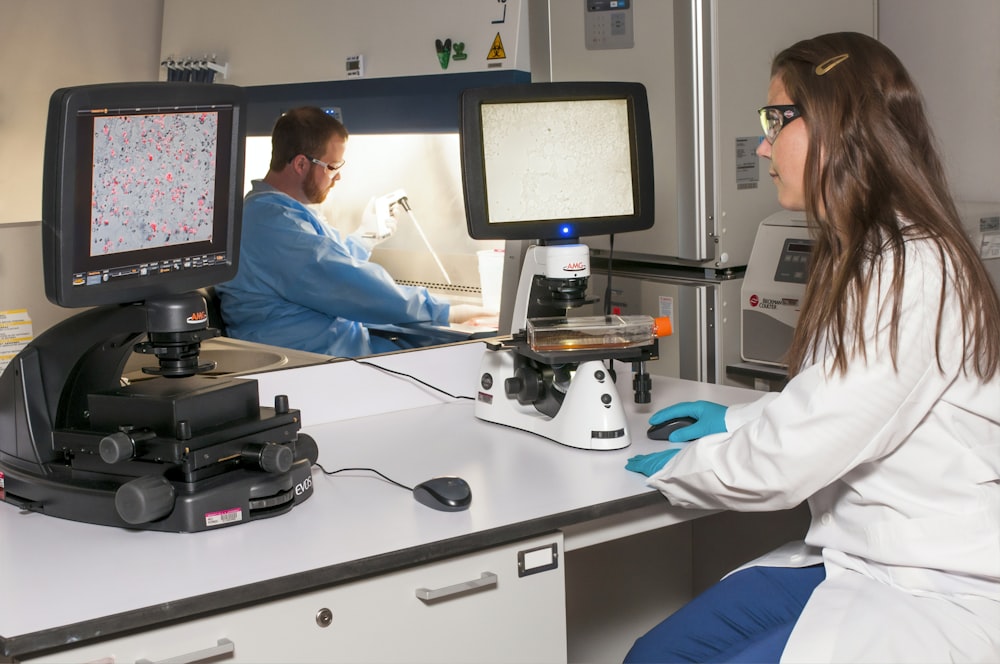
A dermatologist will start by inquiring about any changes you've seen in freckles, moles, other skin patches, or fresh skin growths. Your dermatologist will inspect your scalp, ears, palms, and soles, between toes, genitals, and buttocks.
Suspicious skin lesions may be biopsied. During a biopsy, a pathologist examines a tissue sample under a microscope. Your dermatologist will diagnose your skin lesion and explain treatment options.
Do persons with darker skin types get skin cancer?
Most skin cancers may affect people of various skin tones. People of color may have a lower risk of developing skin cancer because they have more melanin, a dark pigment, in their skin conditions.
Even though it is less common than in non-white individuals, skin cancer in persons of colour usually develops later and has a poorer prognosis. In the last 20 years, malignant melanoma incidence has increased by 20% among Hispanics.
The chance of surviving five years if you have melanoma is 25% lower if you are Black than if you are White (67 percent vs 92 percent). The fact that it often manifests at an advanced stage by the time it is discovered and that it predominantly affects the palms of the hands and soles of the feet may contribute to this.
Low Folate and Skin Cancer
Folate, a B vitamin that's found in green leafy vegetables and citrus fruits, is known to be associated with protection against colon cancer. It may also be linked with the prevention of some types of skin cancer. A study published in the Journal of Investigative Dermatology looked at how folate levels affected the risk of developing basal cell carcinoma, the most common type of skin cancer in adults. To read a more detailed link between cancer and low folate levels find out more: Researchers found that participants with low levels of folate were more likely to have this type of skin cancer than those with higher levels. The exact mechanisms by which folate may help prevent skin cancer are not fully understood, but researchers believe it may be related to its role in DNA repair. Additionally, low folate levels have been associated with increased inflammation, which is also thought to contribute to the development of skin cancer. Whatever the mechanism may be, it's clear that maintaining adequate levels of folate is important for overall health, including protecting against cancer risk. To ensure that you're getting enough folate in your diet, aim to eat plenty of folate-rich foods like leafy greens and citrus fruits, and consider taking a supplement if needed. With regular skin cancer screenings and other preventive measures, you can help reduce your risk of this type of cancer.
Which skin cancers are some of the lesser common ones?
Some of the less common skin cancers are:
Kaposi sarcoma
The uncommon disease known as Kaposi sarcoma is most often diagnosed in immunocompromised patients, those with AIDS or HIV, those using immunosuppressive drugs, and those who have had an organ or bone marrow transplant.
Merkel cell carcinoma
An uncommon kind of cancer called Merkel cell carcinoma starts at the base of the epidermis, the outermost layer of your skin. Merkel cells, which have characteristics of both nerve and hormone-producing cells and are found extremely near to the skin's nerve endings, are where this cancer first appears. Squamous cells or basal cell skin cancer have a lower risk of metastasizing than Merkel cell cancer.
Sebaceous gland carcinoma
Sebaceous gland carcinoma is an uncommon, severe malignancy that generally develops on your eyelid. Since there are many sebaceous glands in the region surrounding your eyes, this cancer often appears there.
Dermatofibrosarcoma protuberans (DFSP)
An uncommon kind of skin cancer called DFSP starts in the dermis, the layer of skin in the centre. It has a good rate of survival, modest growth, and infrequent dissemination.
To learn about skin care, see our information page here.
For a full range of medications, visit our Welzo Online Pharmacy.



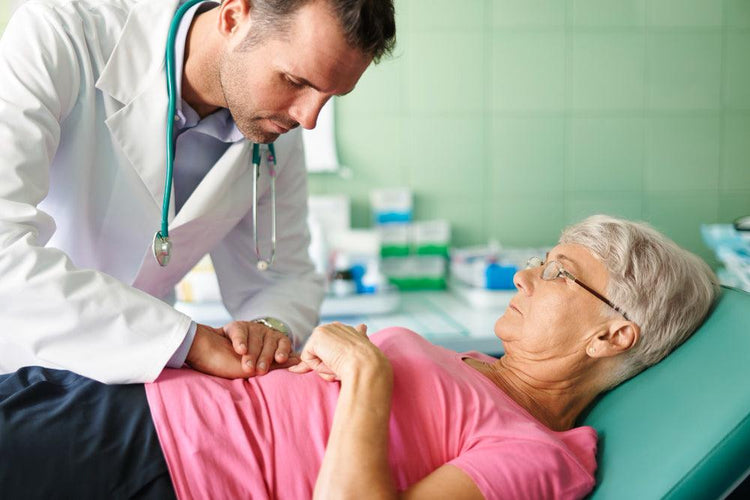
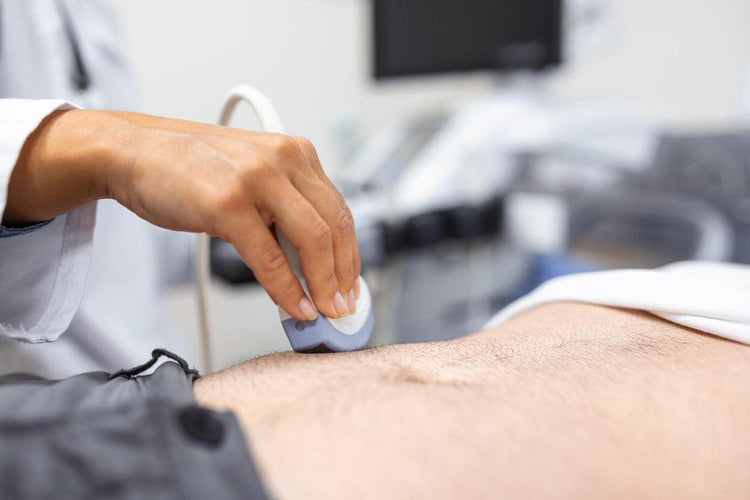

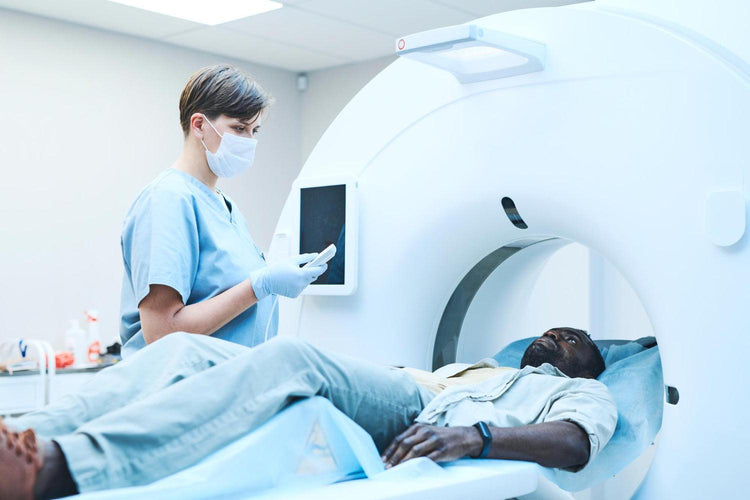



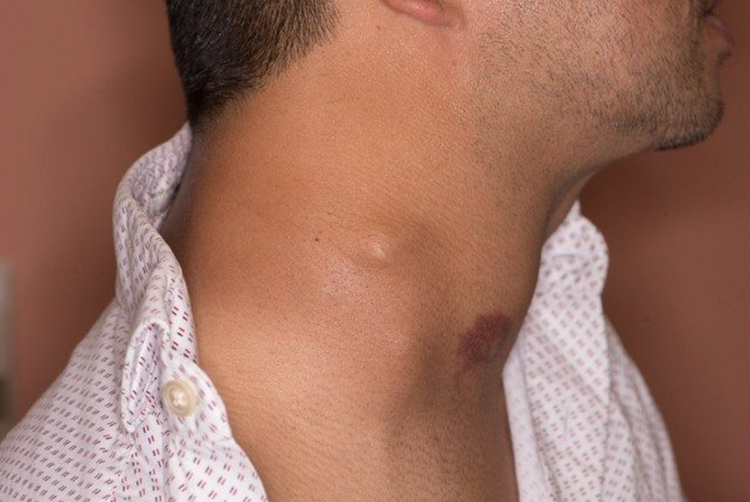
 Rated Excellent by 26,523+ Reviews
Rated Excellent by 26,523+ Reviews